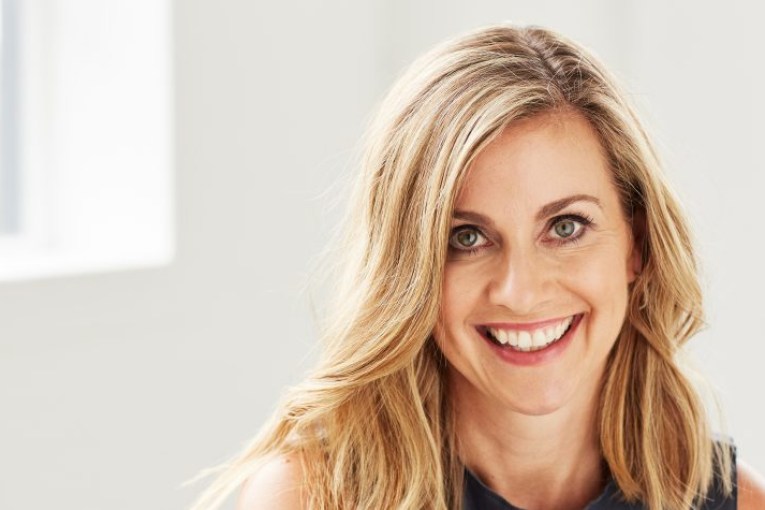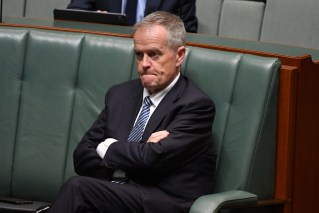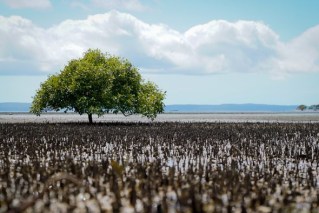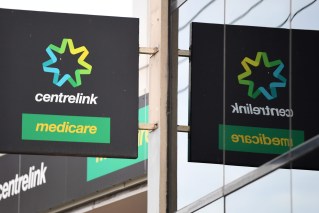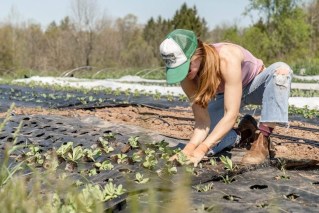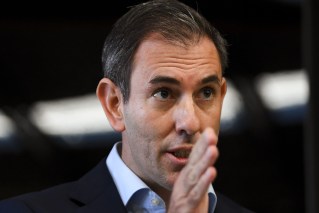Vaccine delay adds to tourism’s long and frustrating recovery
After losing $85 billion in tourism spending from the pandemic and with more and more hotels still being built, the sector has a long road to recovery ahead of it, according to Deloitte Access Economics.

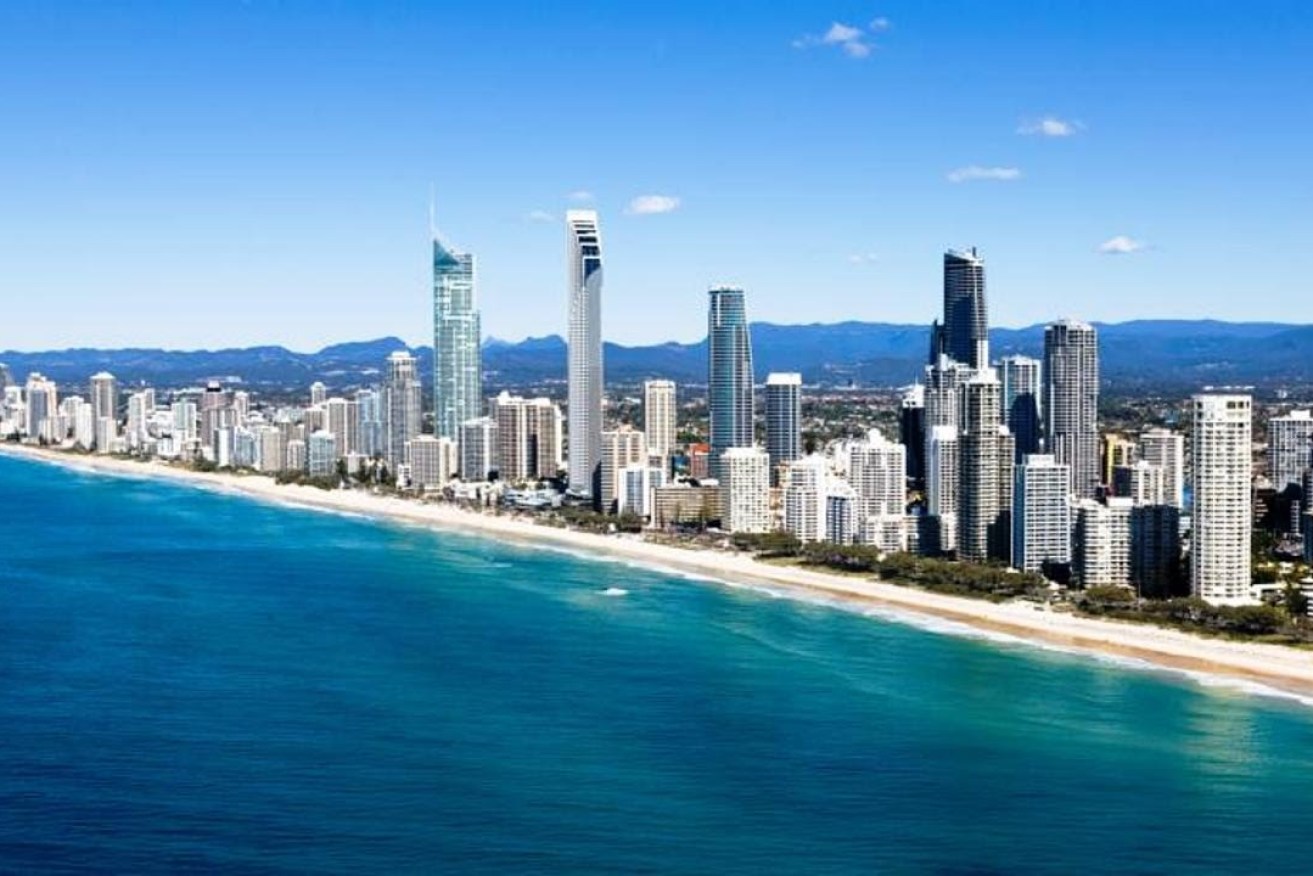
More hotel capacity has been added despite the pandemic
And the Federal Government’s vaccine delay is just another frustration for the sector.
But the hotel sector was also still building capacity last year.
And while the New Zealand travel bubble had been a boost to confidence, economists thought it would have a negative impact on the economy because Australian tourists to New Zealand would spend more than New Zealand tourists in Australia.
According to Deloitte, an extra 5000 rooms were added last year and there was the potential that more than 32,000 new rooms (in likelihood adjusted terms) would be added to the national room stock, with around 40 per cent of these anticipated to open in 2022.
Deloitte’s National Travel, Hospitality and Leisure Sector Leader Adele Labine-Romain said last night’s vaccine announcement was “one of now a long line up of setbacks for the tourism industry’’.
“Every new lockdown or delay as announced pushes out the recovery for the sector. Any pushback in timing of opening our international border is a further challenge, but even within the domestic market, further uncertainty is unhelpful given many people are still holding back on travel,’’ she said.
“Other than some travel from NZ this year, international demand only starts at low levels from 2022. Should the New Zealand travel bubble materialise and sustain, it represents a little bit of upside in our international demand but could also represent downside if Australians chose to travel to NZ instead of domestic pursuits.’’
In a report released today, Deloitte said the industry still had challenges, including the loss of experienced staff, aviation capacity and consumer confidence.
In the hotel sector, Brisbane and Perth were likely to see occupancy rates returning to 2019 levels by 2023, while the Gold Coast, Adelaide, Hobart, Tropical North Queensland and Western Sydney were expected to be slower to recover, largely due to their greater exposure to either business travel or international tourists, or both.
“With plenty of new stock, and even more in the pipeline, hoteliers will face considerable headwinds with average occupancy rates across the major markets covered in the report forecast to remain considerably lower than in recent years, but recovering to 95 per cent of 2019 occupancy levels in the final year of the forecast horizon,” Labine-Romain said.
“There is evidence of recovery for the domestic travel sector through the first quarter of 2021 via pent-up demand following the travel restrictions experience in 2020, and with encouragement by tourism agencies across the country to holiday in Australia.
“Should the pandemic remain largely in control – at least from an Australian perspective – domestic overnight trips are forecast to grow to 113 million by the end of 2021, just under 2019 levels, and to 134 million trips by 2023, a 14 per cent increase on 2019.
“On the international front, the lifting of travel restrictions and the development and adoption of vaccine passports and other facilitating measures, along with consumer sentiment, will drive the return of international visitors.
“International travel is not expected to recover to near pre-COVID levels until sometime in 2023, with current projections of international arrivals 7% higher that year than 2019. This will be the result of pent-up demand stimulating strong demand in 2022 through to 2023.”
